Results 5,251 to 5,260 of 12091
Thread: Anandtech News
-
08-13-15, 10:36 AM #5251
Anandtech: Hands On With the Samsung Galaxy Note 5 and Samsung Galaxy S6 edge+
Today, Samsung is announcing the next generation of their Galaxy-brand phablets, the Galaxy Note 5 and the Galaxy S6 edge+. Samsung’s phablets have been one of their greatest smartphone success stories, finding traction in a market when many thought there wouldn’t be a place for such a large phone. And while you will never see some competitors directly admit to it, products like the Note series have legitimized the phablet form factor and required that the competition catch up as well, making the phablet form factor as much of a home court for Samsung as there can be.
Starting with the 2014 models, Samsung introduced two different phablets, the Note 4 and the simply titled Note Edge. This year Samsung is retaining the dual phablet approach, however in the case of the Edge product Samsung has shifted gears on what they want to do. For 2015 Samsung seems to be going after a new audience in the form of the Galaxy S6 edge+, which is a more distinct derivative of the Note 5 platform with some greater feature changes than just a curved screen. To understand what I mean, read on for the full article.
More...
-
08-13-15, 08:30 PM #5252
Anandtech: NVIDIA Releases 355.60 Drivers; GameWorks VR Now In Beta
As the week starts to wind down NVIDIA is back with another driver release, 335.60.
This latest release is notable for a few different reasons. Officially NVIDIA is releasing this as their preferred Game Ready driver for the Ashes of the Singularity tech demo, which is due later this month. Ashes is a large-scale RTS being developed by Oxide Games and Stardock, the former of which is likely better known for their Star Swarm tech demo. Built on the same Nitrous engine, Ashes will be the first DirectX 12 enabled consumer software to be released, though in very early form as a tech demo ahead of its 2016 launch.
Meanwhile this driver is also the first release from NVIDIA’s R355 branch. At this point we don’t know a great deal about this new driver branch – NVIDIA’s release notes are thin on both new features and bug fixes – though I suspect this is one of those cases where we’ll find out more later.
That said, the one major addition we do know about for this driver is that it enables support for NVIDIA’s GameWorks VR technology in a consumer driver. Along with this driver release GameWorks VR is being promoted from alpha to beta status, and with the release of a new beta SDK is being opened up to more developers and wider testing. NVIDIA has been heavily investing in VR, seeing it as a potential new market to not only further grow sales, but as a market that will require more powerful and expensive GPUs than standard consumer system builds.
As usual, you can grab the drivers for all current desktop and mobile NVIDIA GPUs over at NVIDIA’s driver download page.
More...
-
08-14-15, 07:40 AM #5253
Anandtech: HGST And Mellanox Show Off SAN Fabric Backed By Phase Change Memory
It seems that NAND flash memory just isn't fast enough to show off the full performance of the latest datacenter networking equipment from Mellanox. They teamed up with HGST at Flash Memory Summit to demonstrate a Storage Area Network (SAN) setup that used Phase Change Memory to attain speeds that are well out of reach of any flash-based storage system.
Last year at FMS, HGST showed a PCIe card with 2GB of Micron's Phase Change Memory (PCM). That drive used a custom protocol to achieve lower latency than possible with NVMe: it could complete a 512-byte read in about 1-1.5µs, and delivered about 3M IOPS for queued reads. HGST hasn't said how the PCM device in this year's demo differs, if at all. Instead, they're exploring what kind of performance is possible when accessing the storage remotely. Their demo has latency of less than 2µs for 512-byte reads and throughput of 3.5GB/s using Remote Direct Memory Access (RDMA) over Mellanox InfiniBand equipment. By comparison, NAND flash reads take tens of microseconds without counting any protocol overhead.
This presentation from February 2014 provides a great summary of where HGST is going with this work. It's been hard to tell which non-volatile memory technology is going to replace NAND flash. Just a few weeks ago Intel and Micron announced their 3D XPoint memory, immediately taking the place as one of the most viable alternatives to NAND flash without even officially saying what kind of memory cell it uses. Rather than place a bet on which new memory technology would pan out, HGST is trying to ensure that they're ready to exploit the winner's advantages over NAND flash.
None of the major contenders are suitable for directly replacing DRAM, either due to to limited endurance (even if it is much higher than flash), poor write performance, or vastly insufficient capacity. At the same time, ST-MRAM, CBRAM, PCM, and others are all much faster than NAND flash and none of the current interfaces other than a DRAM interface can keep pace. HGST chose to develop a custom protocol over standard PCIe as more practical than trying to make a PCM SSD that works as a DIMM connected to existing memory controllers.
Last year's demo showed that they were ready to deliver better-than-flash performance as soon as the new memory technology becomes economical. This year's demo shows that they can retain most of that performance while putting their custom technology behind an industry-standard RDMA interface to create an immediately deployable solution, and in principle it can all work just as well for 3D XPoint memory as for Phase Change Memory.
More...
-
08-14-15, 02:31 PM #5254
Anandtech: Nixeus NX-VUE24A 144Hz FreeSync Monitor Set to Ship
We briefly covered the launch of the Nixeus NX-VUE24A FreeSync monitor as part of our write-up on AMD's FreeSync demonstrations at Computex 2015. Nixeus today sent news that the monitor is available for pre-order and set to ship as early as next week.
As a recap, the Nixeus NX-VUE24A is a 24" 1080p AMD FreeSync certified monitors with a minimum supported refresh rate of 30 Hz. The features of the NX-VUE24A include:
- 24" 1920 x 1080 TN panel
- Adaptive sync with refresh rates between 30 - 144 Hz
- 1ms response time
- DP 1.2a, HDMI, DL-DVI and VGA inputs
- Articulating stand for height adjustment (with tilt, pivot and swivel capabilities)
- 3-year warranty
AMD-certified FreeSync monitors come with a wide range of specifications and prices. Wikipedia has a list. Selected FreeSync models of relevance here (24" and 1080p resolution) include:
- The 24" 1920 x 1080 AOC G2460PF with a supposed refresh rate range of 30-160 Hz (availability outside Europe and pricing details are not known yet, and it appears that the maximum static refresh rate is only 144 Hz)
- The 24" 1920 x 1080 Samsung S24E370DL with a maximum refresh rate of 60 Hz (not yet available for sale in US, but a eBay listing puts a $400 price tag on it)
It appears that the Nixeus NX-VUE24A is the only 1920 x 1080 monitor currently available for purchase that comes with 30-144 Hz refresh rate support.
With a MSRP of $350 (and street price of around $330), the monitor seems to be priced right compared to other FreeSync monitors with similar feature sets. Pre-orders are being accepted at a number of e-tailers including Newegg, Amazon, and CouchPotato. CouchPotato seems to be offering free shipping and a new customer discount of 10%, while Newegg is charging $5 for shippping. Amazon seems to be selling at MSRP right now with free shipping.
More...
-
08-17-15, 07:07 AM #5255
Anandtech: The Cyonic AU-550x PSU Review
In this review, we are getting acquainted with a new PSU manufacturer, Cyonic. The newly founded brand offers just six units at this time, three of which are modular and three are of classic design, with power ratings ranging from 450 to 650 Watts. All the power supplues are based on the same underlying platform, and we are testing the modular 550 Watt unit in this review.
More...
-
08-17-15, 07:07 AM #5256
Anandtech: Rambus To Go Into Fabless Chip Production, Announces RB26 DDR4 DIMM Chipse
Since its inception in 1990, DRAM technology company Rambus’s business model has been an unusual one, focused on the creation and licensing of technology as opposed to selling finished chips. It’s this emphasis on technology design and licensing that has led to Rambus holding a number of major DRAM patents, and also their resulting infamous legal fights with DRAM manufacturers over DDR technology. That said, with their legal battles settled earlier this decade we haven’t heard much from Rambus in the DRAM space as of late; after a run in the PC space with RDRAM and a design win in the Playstation 3 for XDR DRAM, the company has seen little success licensing further DRAM designs.
Meanwhile with the DRAM market having unified behind JEDEC standards – DDR4, GDDR5, and HBM – Rambus’s influence has been limited to that of a smaller player, though one still holding a selection of major DRAM patents. As a result there has been some speculation over just what the future would hold for a company whose newer DRAM designs have been ignored. With the 2015 Intel Developer Forum kicking off this week we finally have the answer to that question: Rambus will be making the transition from an IP licensing business to a true fabless semiconductor firm, designing and selling their own products.
For their entry into the world of chip design and sales, at this week’s IDF Rambus is announcing that they will be designing and selling DDR4 DIMM chipsets. The chips, which will trade under the R+ chipset family, will be for Registered DIMMs (RDIMMs) and Load Reduced DIMMs (LRDIMMs) for server usage, with Rambus producing both the Register Clock Driver (RCD) chip for RDIMM/LRDIMM, and the data buffer chips for LRDIMMs.
As we have covered in the past, RDIMMs and LRDIMMs allow servers to expand the amount of memory they can address and to do so at higher speeds. By interfacing with an RDIMM’s RCD to better organize address and command signals, a CPU memory controller can handle more DIMMs and more memory per DIMM than standard unbuffered memory. LRDIMMs in turn take this one step further by attaching buffers to the data bus of each RAM chip on a DIMM – essentially changing DIMM bus operation to a type of serial mode – yet again increasing the amount of memory servers can address and the speeds they can work at. The tradeoff is of course DIMM cost due to extra chips, and depending on the configuration performance as well, but in return servers can accept far more memory than what a standard unbuffered bus would allow.
Rambus for their part sees a place for themselves in the current DIMM market for supplying the register and buffer chips used for DDR4 RDIMM/LRDIMMs, as DDR4 imposes further limitations in order to reach its greater speeds. This in turn is where Rambus is looking to capitalize on their experience with high speed memory, as they believe it gives them a leg up in producing DDR4 chipsets for both speed and reliability. The company’s first chipset, the RB26, will be compliant with DDR4-2666 specifications, and eventually Rambus wants to take it to DDR4-2933.
Meanwhile, although Rambus is producing their own DIMM chipsets, they will not be producing their own DIMMs or DRAM. Rather the company will be offering their chipsets for sale to the DIMM vendors – Hynix, Micron, Samsung, etc – for those companies to use in building their respective RDIMMs and LPDIMMs. Ultimately such DIMMs would end up in the hands of server manufacturers and operators for their respective systems, with Intel’s latest Xeon processors being the catalyst.
Going forward, Rambus is aiming to turn this into a regular business for the company. Besides the RB26 chipset, which is sampling low and will be in production in Q4, the company is also already in the process of developing future generations of chipsets to further boost performance and reduce power consumption.
Finally, as for Rambus’s foray into fabless manufacturing, given the difficulties the company has seen in getting their DRAM technology adopted, the move into making chipsets for DDR4 is an interesting and somewhat unexpected one for a company who has traditionally only licensed IP, but also a logical one in their current situation. Though the company officially hasn’t thrown in the towel on their own DRAM standards, embracing the JEDEC standards rather than competing with them is the safer move given the momentum behind DDR4 and other standards. Meanwhile transitioning from pure licensing to selling their own chips is going to be a big – and undeniably risky – step for Rambus, but again owing to their background and history, it’s the move that makes the most sense as it means they aren’t wholly reliant on licensing to other companies to bring their designs to life, for all of the benefits and challenges that entails.
More...
-
08-17-15, 08:10 AM #5257
Anandtech: A Quick Look at LG G4 Leather Back Covers
With the LG G4 review, our design commentary was mostly targeted towards the G4’s standard polycarbonate back cover. But recently we received some leather back covers from LG designed for the G4.
As far as I can tell, these leather back covers come in two distinct types of textures. Most of the available colors have a relatively stiff and coarse texture to them, but others have a softer, finer texture. However, both back covers use similar processes, namely vegetable tanning with a coating applied over the tanned full-grain leather to keep the leather stain resistant, which is cut down to 0.45mm thick. The whole process is said to take 12 weeks.
Subjectively, the leather covers are actually surprising in terms of how they improve the look and feel of the G4. The stitching on these back covers is probably somewhat controversial as it doesn’t serve much purpose, but it does help somewhat with gripping the phone and the stitching is actually real thread, which is at least somewhat surprising given that we’ve seen phones with fake stitching patterns on the back cover before. If you’re looking for a good way to improve the in-hand feel of the G4 and add some personalization in the process ala Motomaker, these back covers aren’t a bad way to accomplish that.
More...
-
08-17-15, 01:32 PM #5258
Anandtech: Google Releases Final M Preview: Android 6.0 Marshmallow
Today Google released the third developer preview for the M release and at the same time also reveals its official codename as well as final version name: Android 6.0 Marshmallow. The new version officially bumps up the API number to version 23.
The hardware device images for the Nexus 5, 6, 9 and Player are now available for download on the developer pages. Compared to the previous preview there is now a new and final permissions user interface as well improvements to the fingerprint API, with surely many more bugfixes and stability improvements.
The Android SDK has also been officially bumped up to version 6.0 which can now be updated via the SDK Manager. Documentation for all API 23 changes can now be found in the developer reference pages.
Source: Android developer blog
More...
-
08-17-15, 06:00 PM #5259
Anandtech: Google Revamps Hangouts On The Web
As someone who uses Google Hangouts for both personal and work related correspondence, I've always been frustrated that the only viable options for using it are to install Chrome and use the Hangouts extension, or to use the outdated looking interfaces on Google+ or the Hangouts website. With Hangouts becoming a product that extends to messages, phone calls, video conferences, and even the default SMS app on many Android devices, it really felt strange that its web presence seemed so neglected, and felt confined to just being a sidebar on other Google sites. Today that has changed with Google's revamp of their dedicated Hangouts website.
While the new website wont satisfy users who still want a dedicated Hangouts application for their computers, it's a much nicer experience than using it through Google+ or the old website. The page background rotates through a gallery of images from Google+ users, and the interface itself is instantly familiar to users who use the Hangouts application on the iOS or Android devices. Although the page has a Material Design inspired interface, the chat windows themselves have the same old Holo appearance, and really fit poorly with the rest of the site. Hopefully an update to the chat windows is something Google has planned for the near future. Anyone who wants to try out the new Hangouts website can do so by visiting the new web page here.
Source: Google via The Verge
More...
-
08-18-15, 07:07 AM #5260
Anandtech: Western Digital Updates WD Red Pro and WD Black with 5 & 6TB Models
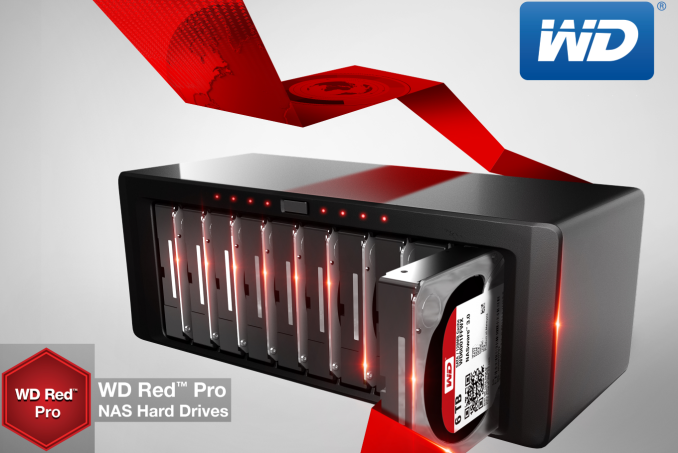
It is that time of the year when Western Digital updates their Red lineup. Launched in 2012, the WD Red drives target network attached storage units with an optimized set of features for SMB / SOHO NAS units (up to 8 bays). It was initially launched in 1, 2 and 3TB capacities. In 2013, we saw a 4TB variant being added to the lineup along with some 2.5" drives. 2014 saw the addition of a Pro lineup (2,3 and 4TB) intended for use in NAS units with up to 16 bays. A 6TB Red version was also introduced. This year, we get 5 and 6TB WD Red Pro units. In addition, WD is also launching 5 and 6TB WD Black drives targeting gamers and creative professionals with a need for large capacity and high performance.
The important features of the WD Red Pro drives being announced today include:
- 128 MB cache
- Transfer rates up to 214 MBps
- Vibration tolerance and shock protection using a multi-axis shock sensor and dynamic fly-height technology
There doesn't seem to be any updates to the firmware (NASware 3.0, introduced last year, is retained). The Red Pro drives carry a 5 year warranty. The WD Red Pro 5TB version (WD5001FFWX) has a MSRP of $269, while the 6TB version (WD6001FFWX) is priced at $299. In terms of MSRP, this seems to be lower than the Seagate Enterprise NAS HDD by $50.
The WD Black is Western Digital's desktop hard drive lineup with a focus on performance. Similar to the WD Red Pro, the Black lineup is also getting 5 and 6TB members priced at $264 and $294 respectively. These drives also have a 128 MB cache and spin at 7200 RPM (just like the WD Red Pro units). While WD didn't provide hard performance numbers, the press release indicates that the 6TB version is 29% faster than the WD Black 4TB in terms of maximum data throughput, while scoring 10% more in PCMark Vantage. It also comes with a 5-year warranty.
More...
Thread Information
Users Browsing this Thread
There are currently 14 users browsing this thread. (0 members and 14 guests)





 Quote
Quote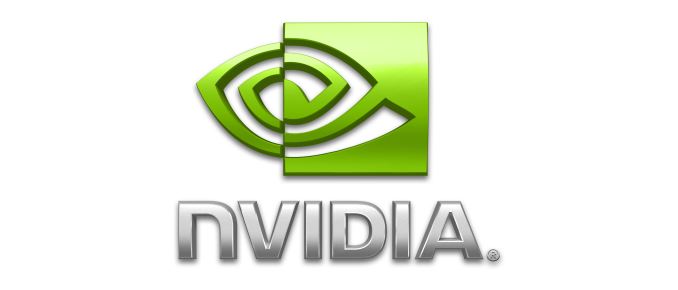


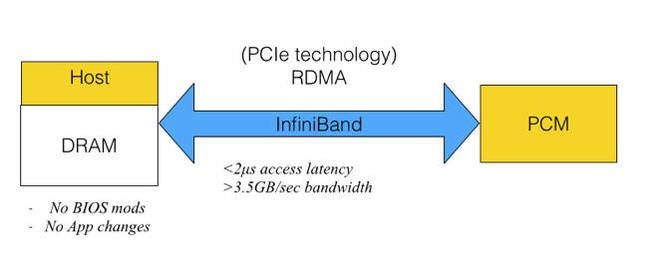
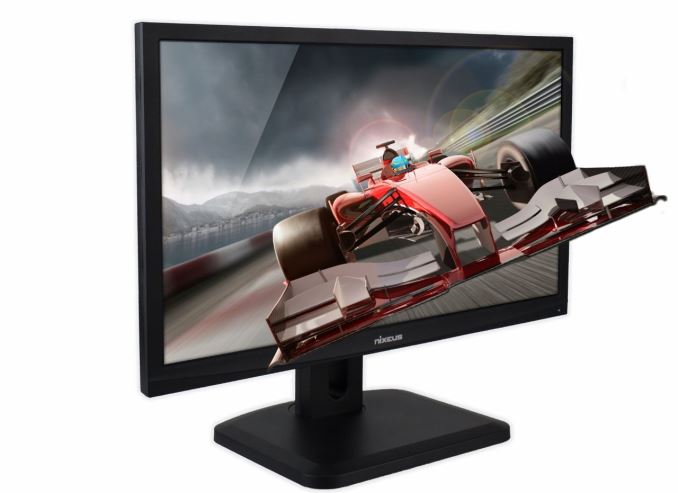
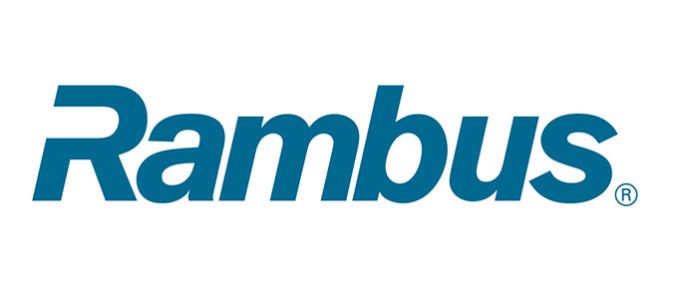
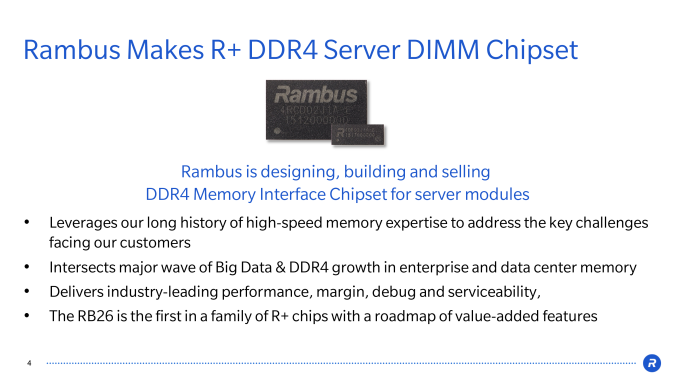
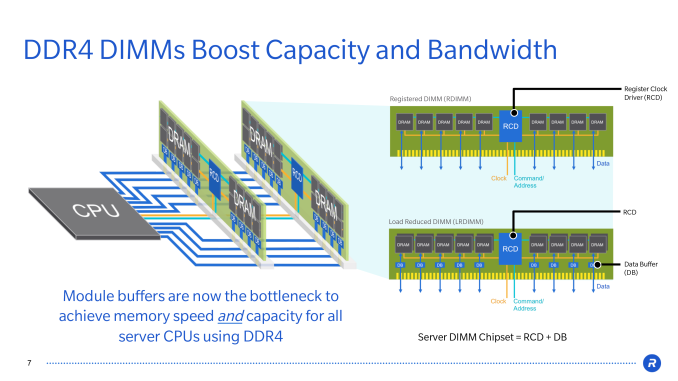
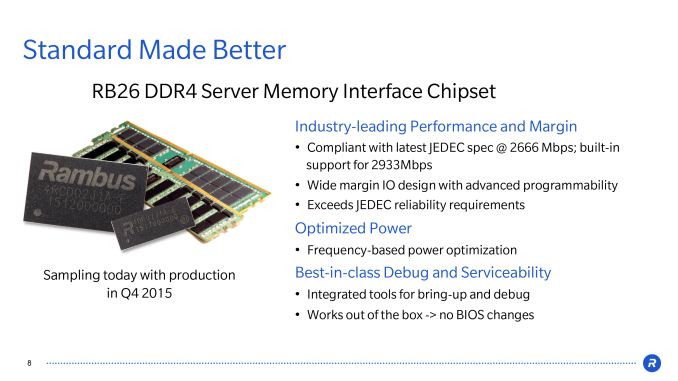











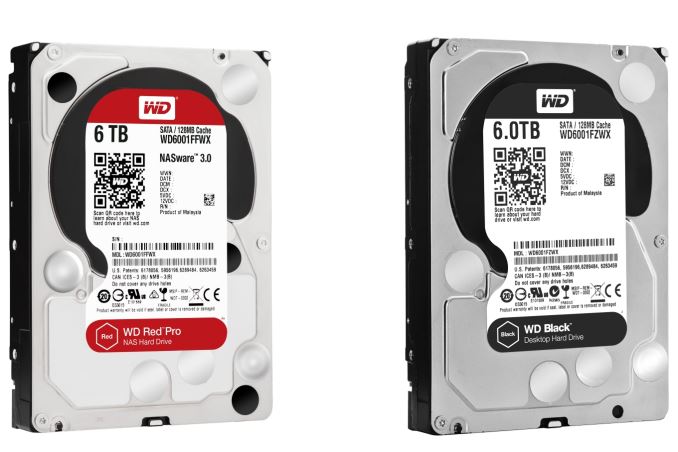
















Bookmarks